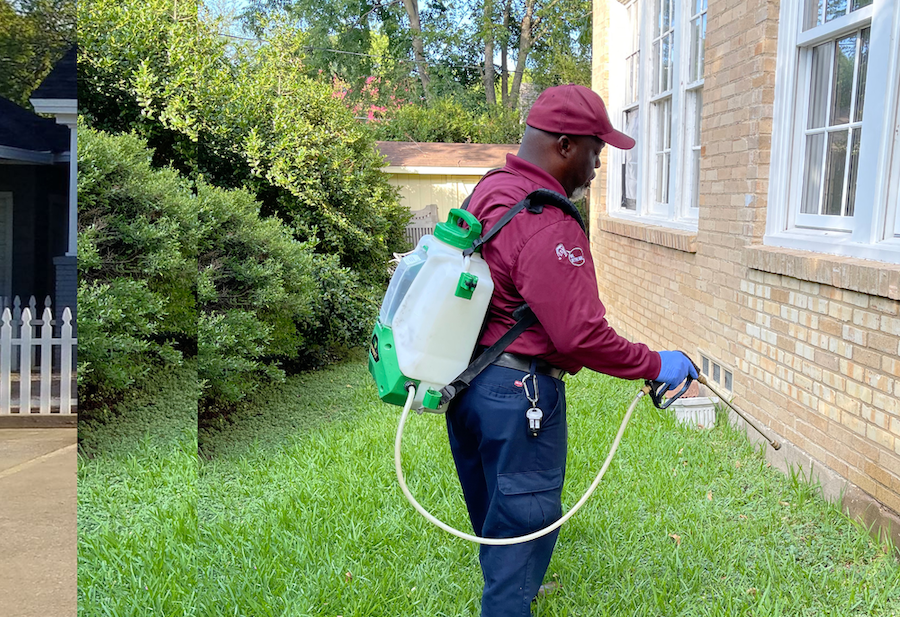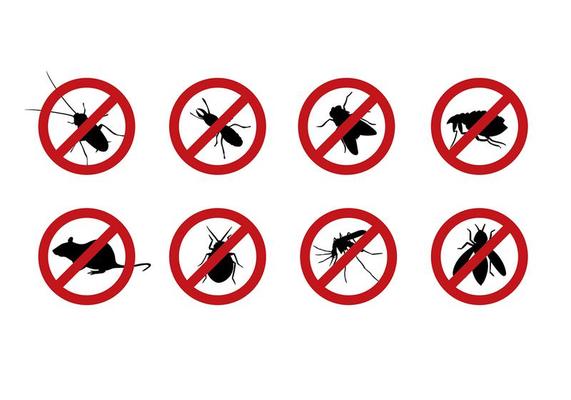Bed Insect Therapy Failure: Contrasting Chemical Vs. Non-Chemical Solutions
In the realm of insect control, particularly when handling the relentless problem of bed insects, the option in between chemical and non-chemical therapy options can be a crucial one. Both approaches offer distinct benefits and drawbacks, influencing elements such as efficiency, security factors to consider, and general price. By taking a look at the nuanced information of each approach, a more clear understanding of which path to go after in addressing a bed bug problem can be obtained.
Effectiveness of Chemical Treatments
Chemical treatments for bed insect infestations have been extensively identified for their potent and fast effectiveness in getting rid of these bugs. When taking into consideration the efficiency of chemical therapies, it is crucial to understand that they can offer a fast and thorough service to a bed bug trouble.
Furthermore, chemical treatments have the benefit of offering residual effects, indicating that they can remain to remove bed insects even after the preliminary application. This residual activity is especially advantageous in combating any type of possible re-infestations. Furthermore, the rapid action of chemical therapies can bring relief to individuals facing severe bed insect invasions, enabling them to restore control of their space rapidly.
Safety Worries With Chemical Solutions
One critical element that needs mindful consideration when using chemical solutions for bed pest therapy is making sure the safety and security of passengers and the environment. Direct exposure to particular chemicals utilized in bed insect treatments can lead to respiratory issues, skin irritability, or various other negative reactions, specifically in people with pre-existing problems or level of sensitivities.
Moreover, the ecological influence of chemical remedies is an additional significant consideration. Some chemicals utilized in bed insect treatments may be harmful to advantageous bugs, wild animals, and communities if they seep right into the soil or water supply. It is important to make use of chemical treatments sensibly, adhering to safety guidelines, and taking into consideration much less hazardous options to alleviate these risks and make sure the secure and efficient monitoring of bed bug infestations.
Advantages of Non-Chemical Strategies
Thinking about the prospective safety worries and environmental impact related to chemical services for bed insect treatment, checking out non-chemical strategies provides a promising option with a number of unique advantages. Non-chemical techniques offer a safer choice for houses, especially those with pets, individuals, or children conscious extreme chemicals. These methods remove the threats of exposure to harmful compounds, reducing the capacity for damaging health and wellness results. In addition, non-chemical therapies are eco-friendly, as they do not add to air or water air pollution, making them a lasting selection for parasite control.
Additionally, non-chemical services can be efficient in targeting bed bugs, consisting of hard-to-reach areas where chemical therapies might not permeate. Methods such as warmth treatment, vacuuming, vapor cleaning, and bed mattress encasements offer thorough elimination without the usage of hazardous chemicals. Moreover, non-chemical techniques can be much less disruptive, needing marginal prep work and enabling quicker reentry right into treated locations. Generally, going with non-chemical bed pest therapy techniques not just focuses on safety and security and environmental defense however also guarantees reliable and comprehensive pest control.
Limitations of Non-Chemical Treatments

Furthermore, non-chemical treatments typically require numerous applications to achieve effective elimination. This can be taxing and might not always guarantee total elimination of all bed insects and their eggs, specifically in surprise or hard-to-reach areas.
In addition, the success of non-chemical treatments heavily depends on appropriate implementation and thoroughness, which can be testing for people without specialist proficiency. Inadequate application of non-chemical techniques may result in insufficient obliteration, leading to persistent infestations and the need for added treatments.
For that reason, while non-chemical therapies have their advantages, it is important to recognize these constraints and consider them when identifying one of the most efficient method for managing bed insect invasions.
Expense Comparison: Chemical Vs. Non-Chemical Options
Given the limitations related to non-chemical therapies, an important aspect to assess in the context of bed pest management is pest control fumigation the price contrast between chemical and non-chemical alternatives. Chemical therapies typically include the application of pesticides by specialists, which can vary from $250 to $900 per room, depending on the intensity of the problem and the size of the area to be dealt with. In comparison, non-chemical treatments like warmth treatment or vapor can be a lot more expensive, with expenses ranging from $1,000 to $6,000 for a whole home. While the preliminary price of chemical treatments might appear reduced, numerous treatments might be called for to totally eliminate the invasion, possibly raising the total price. On the other hand, non-chemical choices might offer a more green and lasting remedy, although they can be cost-prohibitive for some people. Ultimately, when considering the price of bed bug treatment alternatives, it termite perimeter treatment is vital to evaluate the ahead of time expenditures versus the performance and lasting sustainability of the selected approach.
Final Thought

Thinking about the potential safety and security problems and environmental effect associated with chemical solutions for bed insect therapy, discovering non-chemical methods provides a promising alternative with numerous distinctive benefits.Offered the restrictions associated with non-chemical therapies, a crucial element to review in silverfish pest control the context of bed bug monitoring is the expense comparison between chemical and non-chemical options. In comparison, non-chemical treatments like warm treatment or heavy steam can be more pricey, with prices varying from $1,000 to $6,000 for a whole home. While the first cost of chemical therapies might seem lower, several treatments might be required to totally eliminate the invasion, potentially raising the general price.In conclusion, when comparing chemical and non-chemical bed insect treatment choices, it is crucial to think about performance, safety, advantages, restrictions, and price.
Comments on “A1 Bed Bug Exterminator Charlotte - Reliable and Economical Services”